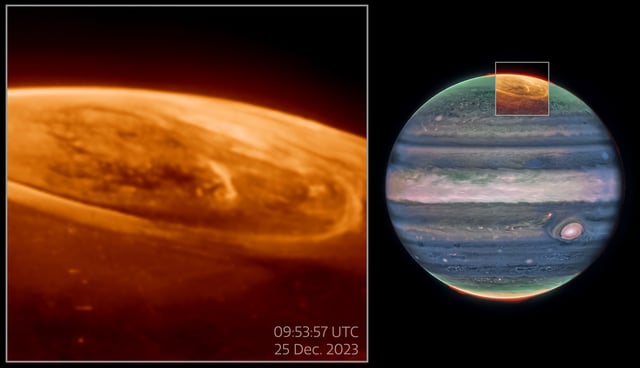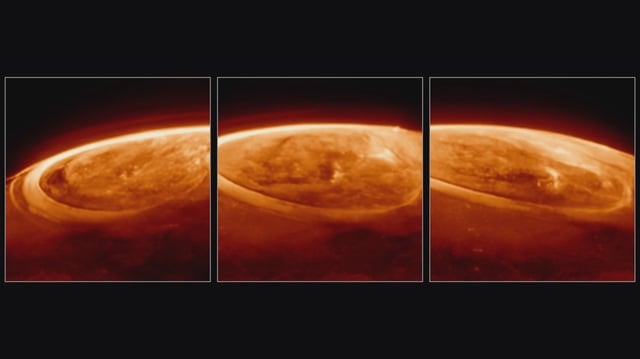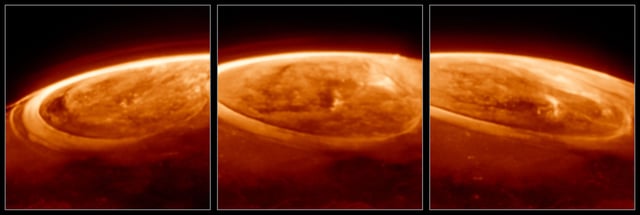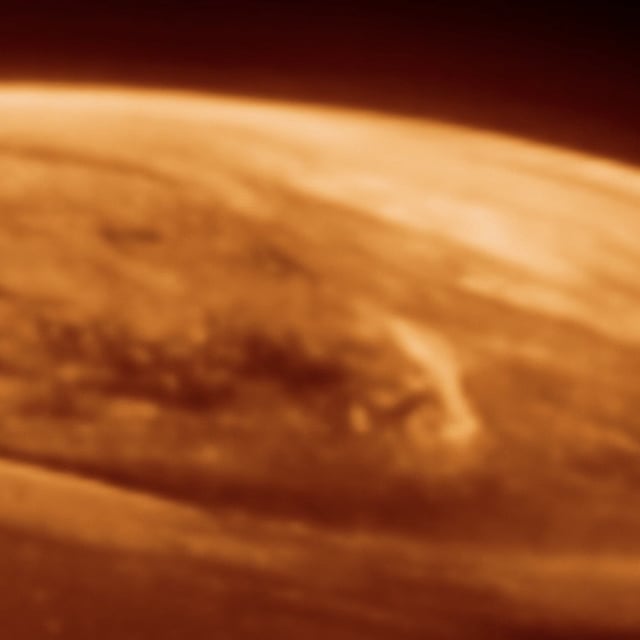Overview
- Jupiter's auroras, observed by the James Webb Space Telescope, are hundreds of times brighter than Earth's and change on timescales of seconds, contrary to prior expectations.
- The trihydrogen ion (H3+) emissions, key to understanding atmospheric heating and cooling, were found to be far more dynamic than previously believed.
- Simultaneous observations with Hubble revealed a puzzling discrepancy, with Webb detecting bright auroral emissions not visible in Hubble's ultraviolet data.
- Jupiter's auroras are powered by charged particles from both solar wind and volcanic ejecta from its moon Io, accelerated by the planet’s powerful magnetic field.
- Researchers plan follow-up campaigns with Webb and comparisons with NASA's Juno spacecraft data to investigate the unexplained brightness and its implications for Jupiter's magnetosphere.



